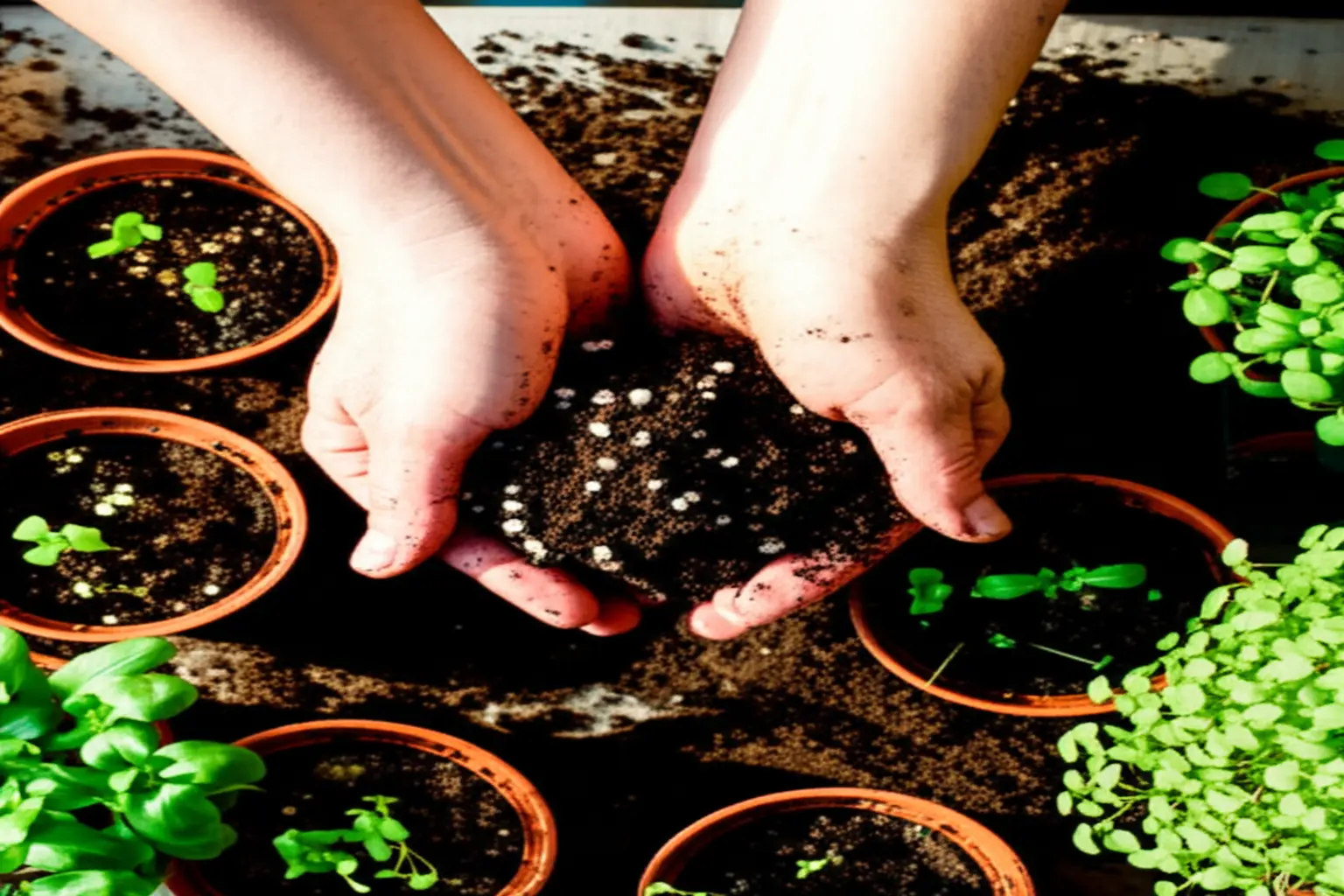Selecting the right foundation for your herb garden is the most critical first step. Our 2025 review of the best soil for herb seeds cuts through the marketing fluff, focusing on what truly matters for germination. We have analyzed and compared top commercial mixes based on essential factors like drainage, aeration, and fine texture. This guide helps you choose the ideal starting medium, ensuring your delicate seeds sprout into vigorous, aromatic plants instead of struggling in poor soil. Make an informed choice to guarantee a bountiful harvest.
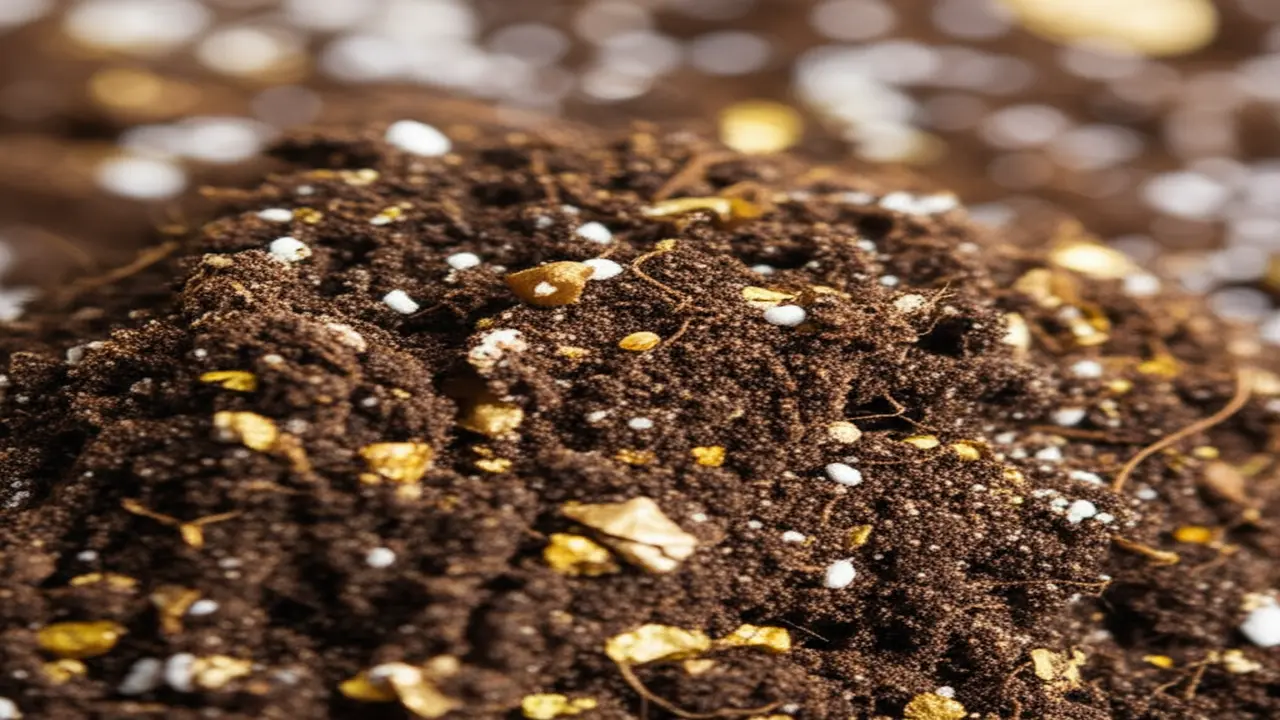
1. Understanding Herb Seed Soil Requirements
Achieving successful herb germination begins with the soil. The best soil for herb seeds is not the richest or most fertilized mix, but rather one that provides a specific balance of texture, drainage, and nutrients. Herb seeds are vulnerable to rot, making excellent drainage paramount. The soil must hold enough moisture for germination without becoming waterlogged. The ideal texture is fine and friable, meaning it is light and crumbles easily. This allows delicate new roots to penetrate and grow without a struggle. If you are working with compacted garden beds, using one of the
best hand cultivators available helps create this necessary tilth. Finally, the soil should be relatively low in nutrients. Seeds contain their own initial energy supply, and overly fertile soil can burn the sensitive new seedlings before they have a chance to mature.
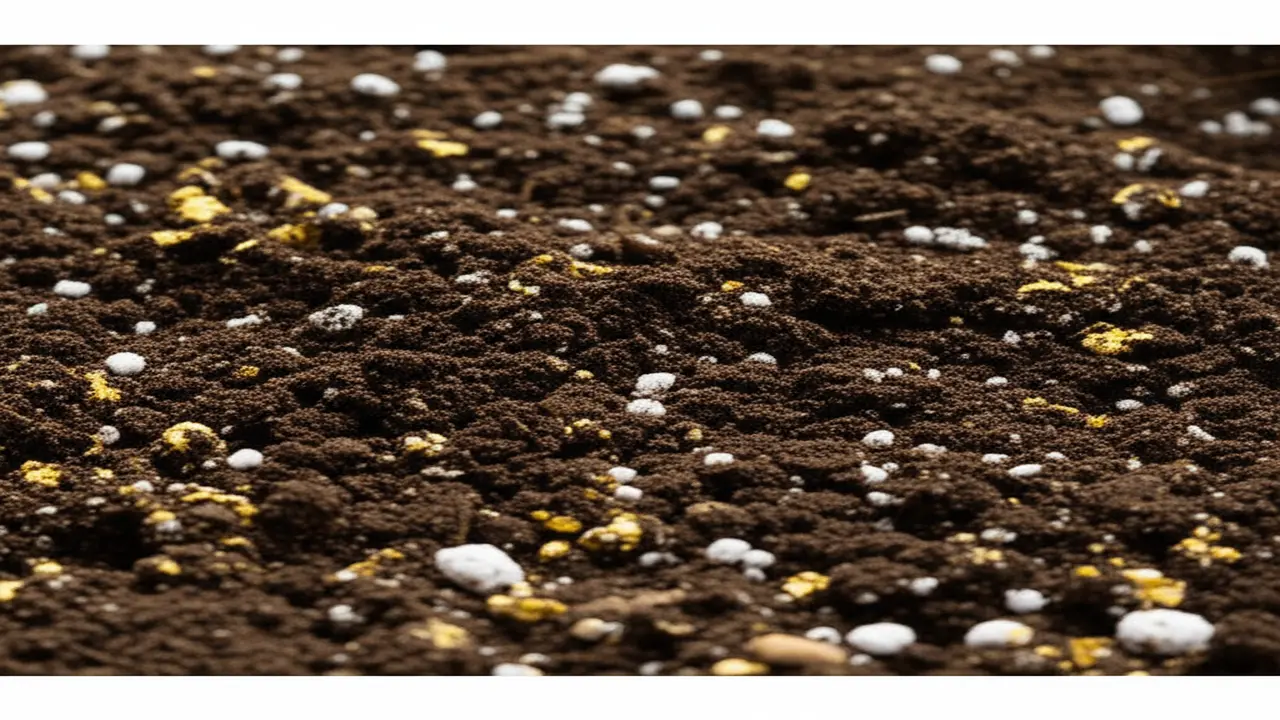
2. Ideal Soil Composition for Herb Seeds
To achieve the high germination rates you want for 2025, the best soil for herb seeds must be light, fluffy, and well-draining. Most common garden soils are too dense and retain too much moisture, which can cause tiny herb seeds to rot before they even sprout. The ideal composition focuses on three key areas: texture, aeration, and gentle nutrition. A superb DIY mix consists of one part peat moss or coco coir for moisture retention, one part perlite or coarse sand for drainage, and one part well-sifted compost for a mild nutrient boost. This blend ensures the soil is fine enough for delicate roots to penetrate and holds just enough water without becoming waterlogged. Before adding this mix to your trays or beds, ensure the existing soil is properly loosened. Using one of the
best hand cultivators can help break up any clumps, creating a perfect foundation for your seed-starting medium.
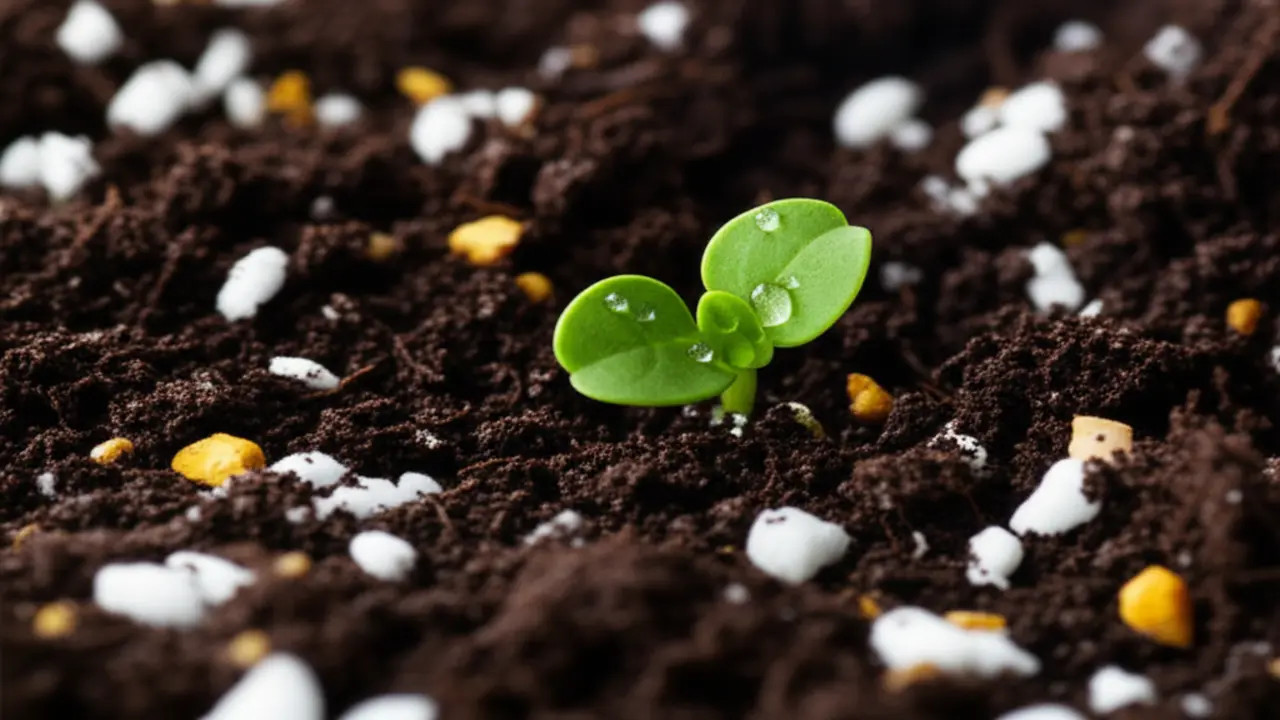
3. Key Soil Properties for Germination and Growth
Updated for 2025, finding the best soil for herb seeds hinges on three core properties. First, drainage is non-negotiable. Herb seedlings have delicate roots that will quickly succumb to root rot in soggy conditions. The soil must allow excess water to escape freely, preventing the roots from drowning. Second, the ideal pH level for most herbs is between 6.0 and 7.0. An incorrect pH acts like a locked door, preventing plants from accessing vital nutrients already present in the soil. Finally, moderate fertility is key. Unlike heavy-feeding vegetables, herbs develop the best flavor and aroma in soil that is not overly rich. Too much nitrogen, for instance, can lead to lush foliage with a diluted taste. Before planting, ensure your medium is light and friable. Using one of the
best hand cultivators can help you achieve the perfect tilth and aeration in your garden beds, creating an ideal environment for germination.
4. Practical Soil Preparation and Amendments
Achieving the best soil for herb seeds in 2025 is all about creating the perfect foundation, whether in a garden bed or a container. For garden beds, start by improving your native soil’s texture and drainage. If you have heavy clay, it will retain too much water and risk root rot. Amend it by working in several inches of mature compost and coarse sand. A good quality tool from our list of the best hand cultivators can make this task much easier.
For container gardening, never use soil straight from your garden as it compacts quickly. Instead:
* Choose a high-quality, well-draining commercial potting mix, preferably one containing perlite or vermiculite for aeration.
* Create a simple DIY blend by mixing two parts standard potting soil with one part cactus mix. This ensures excellent drainage, preventing delicate seeds from becoming waterlogged and giving them the ideal start.
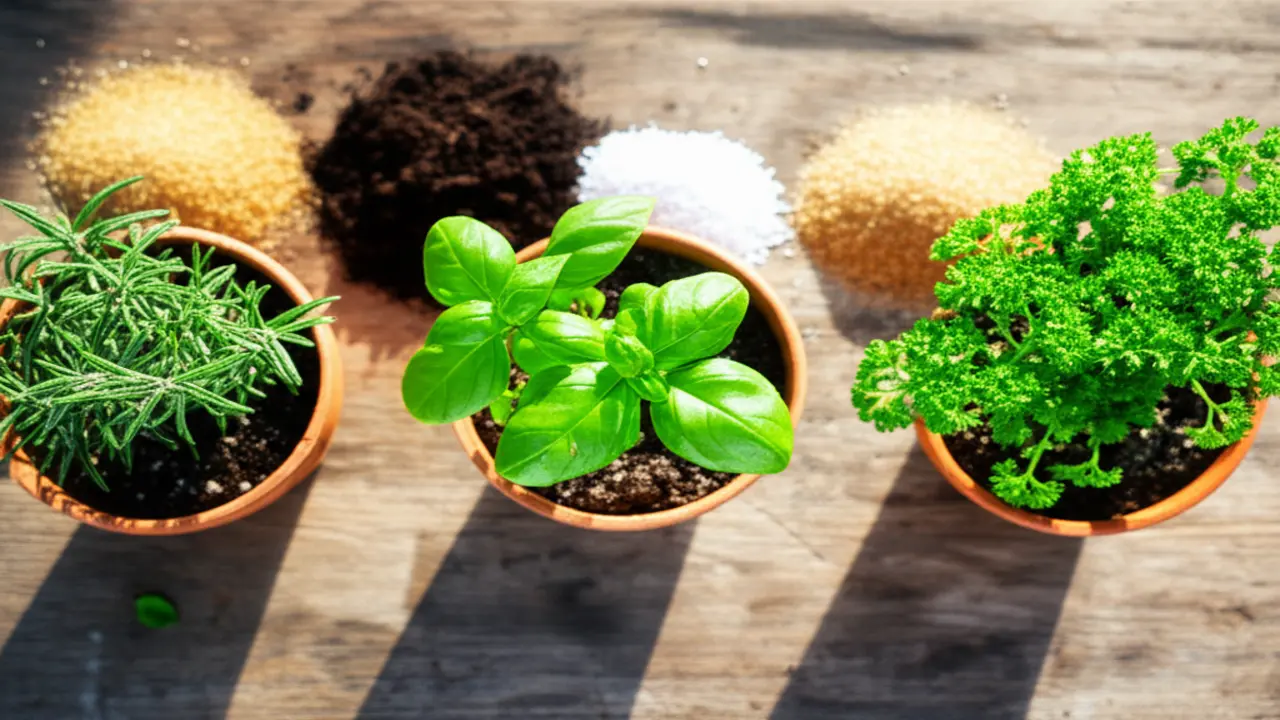
5. Addressing Specific Herb Soil Needs (Briefly)
While a quality, well-draining potting mix is the foundation for success, achieving the absolute best soil for herb seeds sometimes involves minor tweaks for specific varieties. Think of it as catering to individual tastes. For instance, Mediterranean natives like Rosemary, Lavender, and Thyme thrive in conditions that mimic their original rocky, sun-baked hillsides. They prefer a grittier, sandier mix that offers exceptional drainage and is less fertile. In contrast, lush, leafy herbs such as Mint and Parsley perform better with soil that retains a bit more moisture and has slightly higher organic content. You do not need a separate bag of soil for each herb. Instead, you can simply amend a small portion of your base mix. When preparing your garden bed or containers, using one of the
best hand cultivators makes it easy to incorporate a handful of sand for your rosemary or some extra compost for your parsley, ensuring each plant gets exactly what it needs for robust growth in 2025.
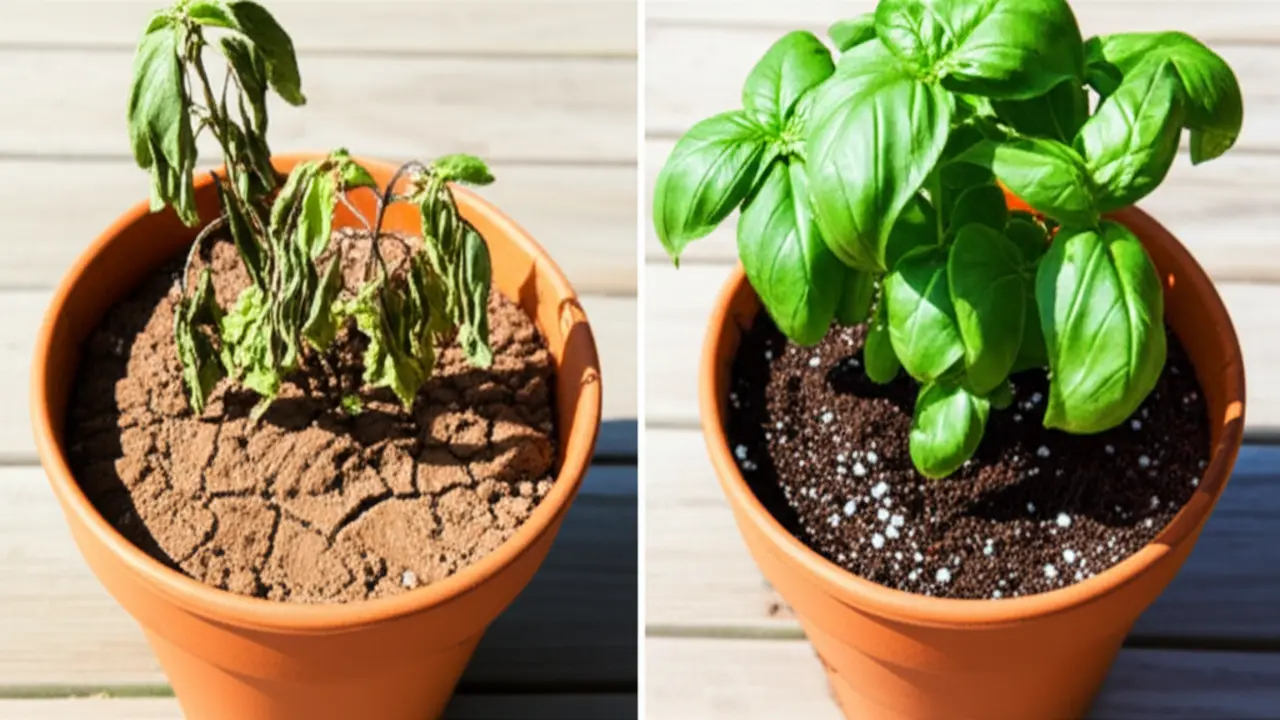
6. Common Pitfalls to Avoid When Choosing Herb Soil
Selecting the right medium is a critical step for success in 2025, yet many gardeners stumble by making avoidable errors. To find the best soil for herb seeds, it’s just as important to know what to avoid. A primary pitfall is using unamended, heavy garden soil. This type of soil is often dense with clay, which retains too much water and compacts easily, leading to root rot and suffocating delicate new roots. Another common mistake is choosing an overly fertile or “rich” potting mix. While it sounds beneficial, excessive nitrogen encourages fast, weak foliage growth with significantly less aromatic oil, resulting in herbs that look good but lack intense flavor. Finally, reusing old, compacted potting soil from other plants is a recipe for failure. This soil lacks proper aeration and can harbor diseases. If you face compacted soil in your garden beds, breaking it up with one of the
best hand cultivators is essential before planting to ensure your herbs have a healthy start.
7. Table: Quick Guide to Ideal Herb Seed Soil Characteristics
To help you achieve the successful germination you’re looking for in 2025, understanding the soil’s fundamental properties is crucial. The best soil for herb seeds is not necessarily the richest or most complex mix. Instead, it is a balanced medium that provides the perfect environment for delicate roots to establish. Key factors like texture, drainage, and pH play a vital role. For instance, soil that is too dense will prevent tiny roots from growing, while soil that drains too quickly will wash away moisture and nutrients before the seed can use them. Preparing your garden bed to achieve this balance is a critical first step. Breaking up compacted earth with one of the best hand cultivators can improve aeration and create a fine tilth ideal for germination.
Here is a quick reference table outlining the ideal soil characteristics for most common herb seeds.
| Characteristic | Ideal Range/Value | Why It Matters for Herb Seeds |
|—|—|—|
| Texture | Loamy to Sandy Loam | Provides a fine, easily penetrable structure for delicate roots. |
| Drainage | Good to Excellent | Prevents waterlogging and root rot, a common issue for seedlings. |
| pH Level | 6.0 – 7.0 | A slightly acidic to neutral pH makes essential nutrients available. |
| Fertility | Low to Medium | Too much fertility can burn fragile seedlings or cause weak, leggy growth. |
| Organic Matter | 2% – 5% | Improves moisture retention, aeration, and provides slow-release nutrients. |






